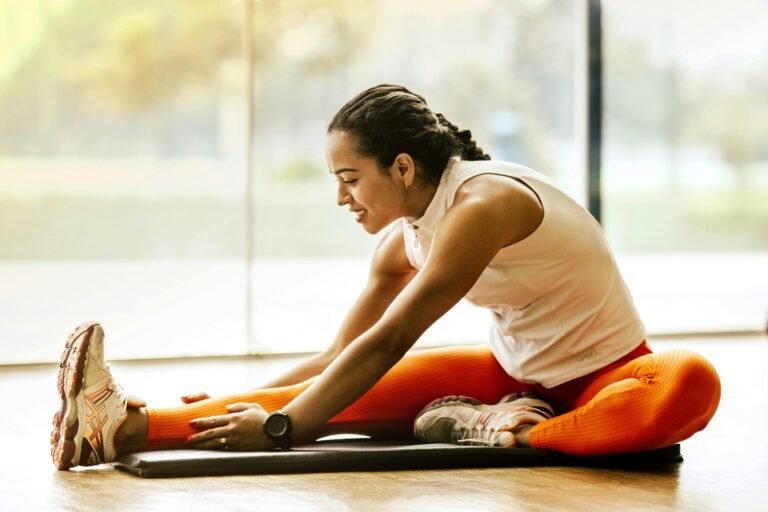
Introduction to the Importance of Pelvic Health in Fitness
Fitness enthusiasts often focus on visible muscle groups, but the pelvis plays a crucial role in overall physical health and athletic performance. Ignoring pelvic health can lead to injuries, decreased performance, and even long-term health issues. This blog post aims to shed light on the significance of pelvic health in fitness, offering practical tips and exercises to strengthen the pelvic floor and enhance overall well-being.
Understanding the Role of the Pelvis in Athletic Performance
The pelvis is the foundation of our body’s movement. It supports the spine, aids in balance, and transfers force between the upper and lower body. A healthy pelvis ensures proper alignment and efficient movement, which is vital for any fitness activity. When the pelvis is strong and stable, it provides a solid base for powerful movements, enhancing athletic performance.
Common Pelvic Injuries in Fitness and How to Prevent Them
Pelvic injuries are more common than you might think, especially among athletes and fitness enthusiasts. Common injuries include pelvic floor dysfunction, hip labral tears, and sacroiliac joint dysfunction. These can be caused by overtraining, poor form, or inadequate warm-up. Preventing these injuries involves proper training techniques, regular stretching, and focusing on core stability exercises.
Exercises and Techniques for Strengthening the Pelvic Floor
Strengthening the pelvic floor is essential for maintaining pelvic health. Kegel exercises are a popular choice, but there are other effective techniques as well. Pilates, yoga, and specific strength-training exercises can all target the pelvic floor muscles. Incorporating these into your routine can lead to better balance, stability, and overall fitness.
Kegel Exercises
Kegel exercises involve contracting and relaxing the pelvic floor muscles. They can be done anywhere and at any time, making them a convenient addition to your fitness routine. To perform Kegels, focus on tightening the muscles you use to stop urine flow, hold for a few seconds, and then release.
Pilates for Pelvic Health
Pilates is excellent for strengthening the core, which includes the pelvic floor muscles. Exercises like the pelvic tilt, bridge, and side-lying leg lift can all help improve pelvic stability and strength. Regular Pilates practice can enhance your overall fitness and reduce the risk of pelvic injuries.
Yoga Poses
Yoga poses that engage the pelvic floor, such as the bridge pose, cat-cow stretch, and child’s pose, can be highly beneficial. These poses not only strengthen the pelvic floor but also promote flexibility and relaxation, contributing to overall well-being.
The Impact of Pelvic Health on Overall Fitness and Well-being
A strong and healthy pelvis contributes to better posture, reduced risk of injury, and improved performance in all types of physical activities. It also plays a vital role in bodily functions such as bladder and bowel control. Maintaining pelvic health can lead to a higher quality of life, both in and out of the gym.
Real-life Testimonials and Success Stories
Real-life stories can be incredibly motivating. Many fitness enthusiasts have experienced significant improvements in their performance and well-being by focusing on pelvic health. For example, Jane, a marathon runner, saw her running times improve after incorporating pelvic floor exercises into her training. Similarly, Mark, a weightlifter, noticed a reduction in back pain and better stability during lifts.
Conclusion and Next Steps
Pelvic health is a critical yet often overlooked aspect of fitness. By understanding its importance and incorporating targeted exercises into your routine, you can enhance your athletic performance and overall well-being. Interested in learning more? Start by incorporating the exercises mentioned in this post and feel the difference in your fitness journey. For personalized guidance, consider consulting a fitness professional who can tailor a program to your specific needs.